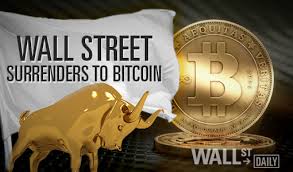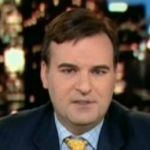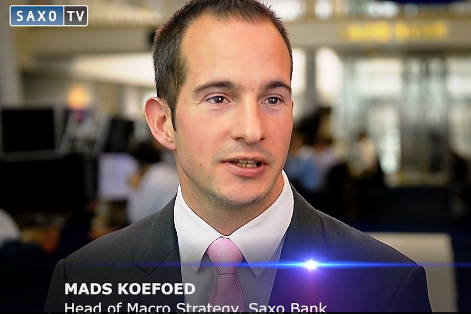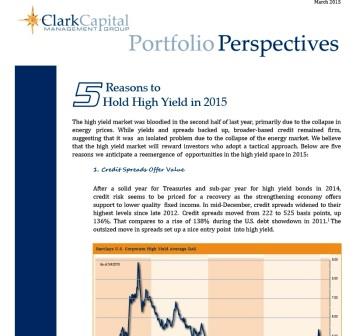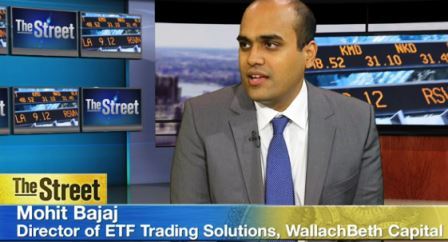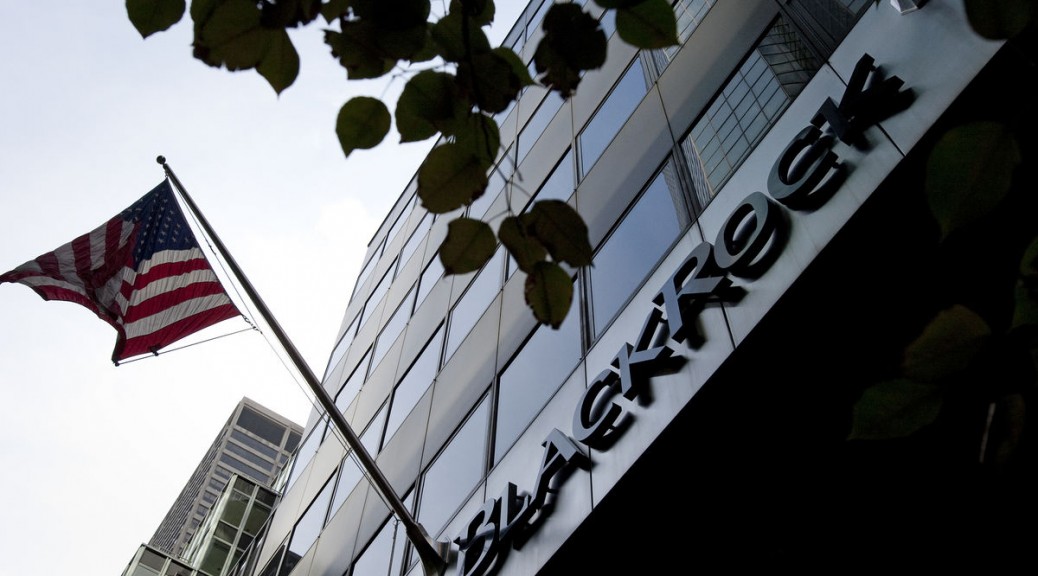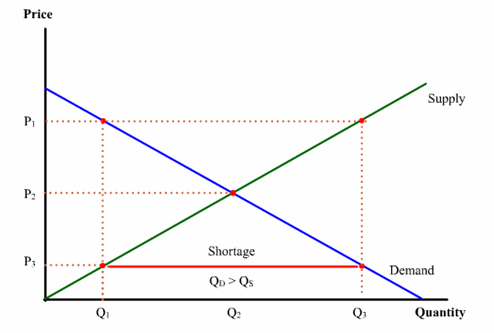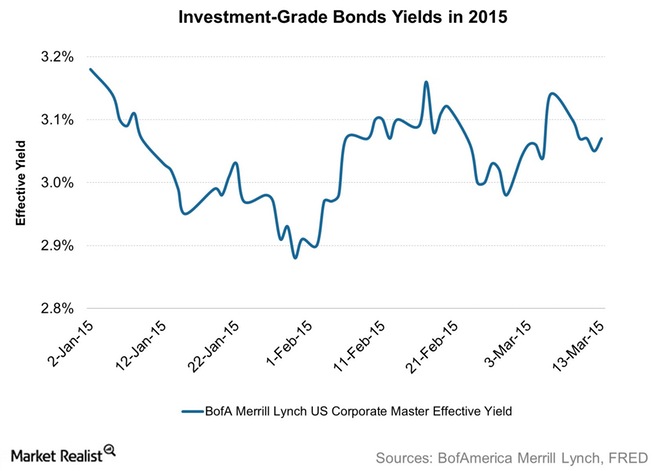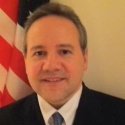You might need some SPF 100 after the 1st Quarter. MarketsMuse blog update profiles the huge come back solar stocks and ETFs have had after a rocky year, last year. MarketsMuse blog update is courtesy of ETFTrends’ Max Chen’s article, “Solar ETFs Perform Radiantly in Q1“. An excerpt from ETFTrends is below.
Solar stocks and related exchange traded funds have powered ahead and are among the leading sectors over the first quarter after underperforming the equities market last year.
The Guggenheim Solar ETF (NYSEArca:TAN) is the third best performing ETF for the first three months of the year. TAN has increased 31.6% year-to-date. [Solar ETFs: Industry Growth Not Reflected in Market]
Additionally, other clean energy ETFs were among the top ten performing non-leveraged ETFs so far this year, including the iShares Global Clean Energy ETF (NYSEArca:ICLN), which rose 22.8%, and the Market Vectors Solar Energy ETF (NYSEArca:KWT), which gained 22.6%. ICLN tracks a broader exposure to clean energy stocks, including solar, wind and other renewable resources.
To read the full article from ETFTrends, click here.



